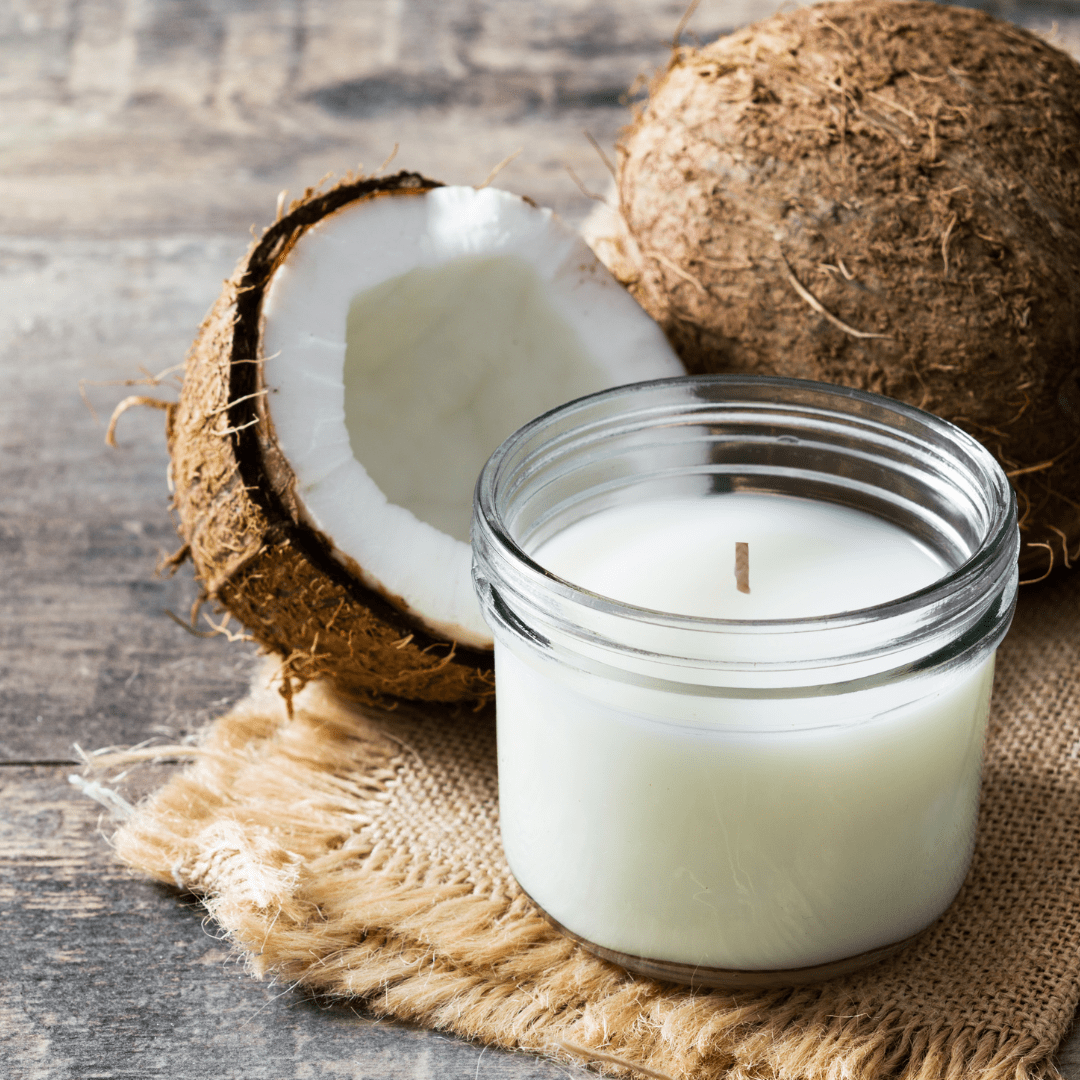Encounter the Serenity of Crystal Soy Candles and Home Fragrance
Encounter the Serenity of Crystal Soy Candles and Home Fragrance
Blog Article
From Wick to Wax: Recognizing the Chemistry Behind Soy Wax Candles and Their Ecological Effect
As we brighten our areas with the warm radiance of candles, there lies a world of intricate chemistry behind the seemingly basic act of lighting a soy wax candle. Join us as we unravel the scientific details behind soy wax candles and explore their ramifications on our atmosphere.
Soy Wax Vs. Paraffin Wax
When contrasting soy wax and paraffin wax for candle production, it is vital to recognize the unique features and advantages of each material. Soy wax is an all-natural, renewable energy stemmed from soybean oil, making it naturally degradable and green - home fragrance. On the other hand, paraffin wax is a by-product of oil refining, which elevates concerns about its environmental impact and sustainability
Soy wax candles burn cleaner and release much less soot contrasted to paraffin wax candle lights, making them a much healthier option for indoor air top quality. Furthermore, soy wax has a lower melting factor, enabling for a longer-lasting candle that disperses fragrance extra successfully. Paraffin wax, on the various other hand, has a tendency to melt faster and much less easily, potentially launching harmful chemicals right into the air.
From a sustainability point of view, soy wax is preferred for its biodegradability and sustainable sourcing, straightening with the expanding consumer preference for ecologically conscious items. While paraffin wax has actually been a traditional option in candle making due to its price and simplicity of use, the shift in the direction of environmentally friendly options like soy wax is getting momentum in the industry.
Chemical Make-up of Soy Wax

Combustion Refine in Soy Candles
The chemical composition of soy wax straight influences the burning process in soy candle lights, impacting factors such as melt time, aroma launch, and environmental impact. When a soy candle light is lit, the warm from the flame melts the wax near the wick.
The combustion effectiveness of soy candle lights is influenced by the pureness of the soy wax and the quality of the wick. Additionally, soy wax candle lights have a lower environmental influence contrasted to paraffin candle lights due to their biodegradable and sustainable nature.

Environmental Advantages of Soy Wax

Taken into consideration a sustainable alternative to standard paraffin wax, soy wax supplies noteworthy environmental benefits that make it a popular choice among eco-conscious customers. One considerable advantage of soy you could try these out wax is its sustainable sourcing. Soy wax is stemmed from soybean oil, which is mostly grown in the USA. The growing of soybeans assists sustain neighborhood farmers and lowers the dependence on non-renewable fossil gas utilized in paraffin wax manufacturing. In addition, soy wax is eco-friendly, suggesting it damages down naturally without launching dangerous contaminants right into the atmosphere. This characteristic makes soy wax candles a much more eco-friendly alternative contrasted to paraffin wax candles, which are made from petroleum, a non-renewable source. Soy wax burns cleaner and generates much less soot than paraffin wax, adding to much better indoor air quality and reducing the demand for cleaning and upkeep. On the whole, the ecological benefits of soy wax straighten with the growing demand for sustainable and environment-friendly items in the marketplace.
Recycling and Disposal Considerations
Reusing and correct disposal of soy wax candles play a vital role in maintaining ecological sustainability and decreasing waste in neighborhoods and families. When it concerns reusing soy wax candles, the very first action is to ensure that the candle has actually melted entirely. This can be achieved by allowing the candle to melt until the wick is no more functional, and after that letting the continuing to be wax cool and strengthen. When the wax has actually strengthened, it can be very carefully eliminated from the container.

In terms of disposal, if recycling is not an option, soy wax candles are biodegradable and can be safely disposed of in a lot of family waste systems. Nonetheless, it is always recommended to talk to local reusing centers or waste administration services for details guidelines on candle light disposal to make internet certain proper handling and ecological security.
Verdict
In verdict, the chemistry behind soy wax candle lights reveals their ecological advantages over paraffin wax candles. Soy wax, obtained from soybean oil, burns cleaner and produces much less soot when compared to paraffin wax. The burning procedure in soy candle lights is extra reliable, bring about a much longer and much more even shed. In addition, soy wax is eco-friendly and renewable, making it an extra sustainable selection for candle light production. Reusing and proper disposal of soy wax candle lights additionally add to their ecological impact.
When contrasting soy wax and paraffin wax for candle light making, it is essential to recognize the distinct features and benefits of each material (candles).Soy wax candle lights melt cleaner and release much less soot contrasted to paraffin wax candles, making them a healthier option for interior air high quality.Considered a lasting option to traditional paraffin wax, soy wax offers noteworthy environmental advantages that make it a preferred option among eco-conscious consumers. Soy wax burns cleaner and generates much less soot than paraffin wax, contributing to better interior air high quality and decreasing the requirement for cleaning and upkeep.In conclusion, the chemistry behind soy wax candle lights discloses their ecological benefits over paraffin wax candle lights
Report this page